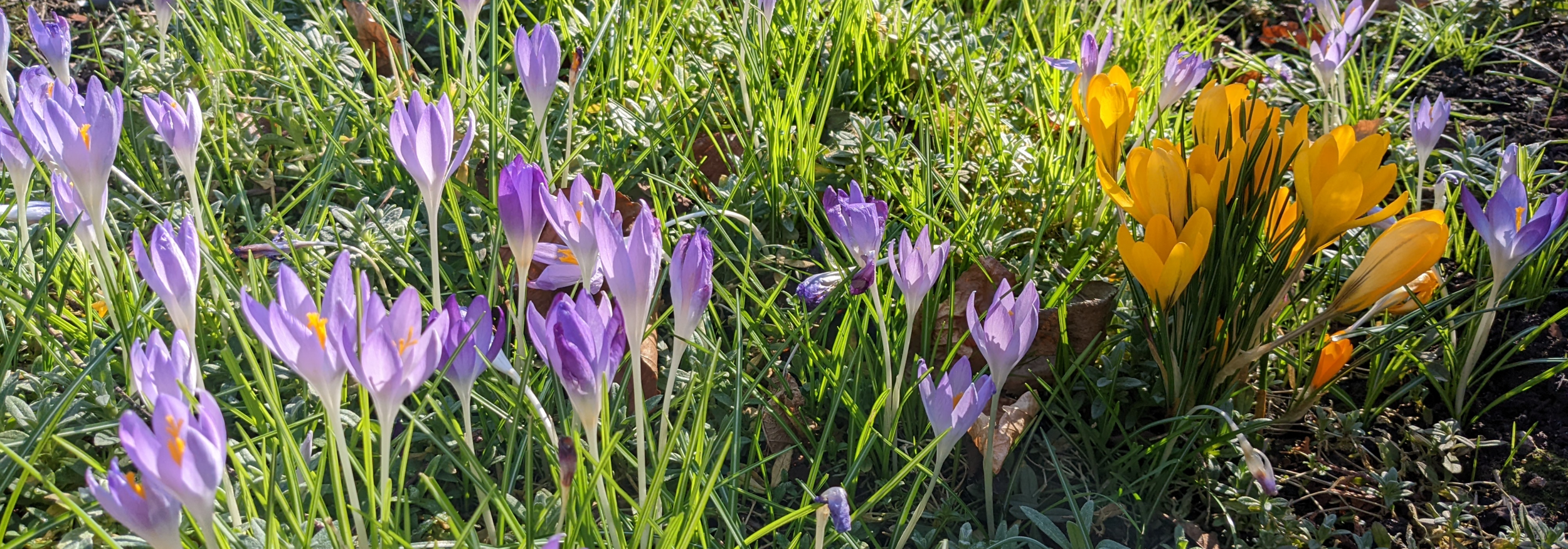Vine Weevils
/If it’s drama that you sigh for, plant a garden and you’ll get it. You will know the
thrill of battle fighting foes that will beset it. (from Plant a Garden by Edgar A. Guest)
Alongside the burst of plant growth in spring come the pests and we all have our favourites, or rather the opposite. In a previous snippet I mentioned the top 10 pest list published annually by the Royal Horticulture Society. Based on enquiries to their gardening advice service, it is not exactly scientific, but it does indicate to some extent what survived the winter and what gardeners are concerned about that year. Last year my particular bête noire, the vine weevil (with the snappy botanical name of Otiorhynchus sulcatus) was second on the list and has appeared near the top of the chart for many years.
Vine Weevil adult, G. Hampshire
Despite their name, vine weevils will feed on a wide range of plants and they are active whether in grub form or as adults all year round. Although plants grown in the open air can be subject to vine weevil damage, plants grown in containers are particularly vulnerable; I keep a close eye on my container grown hostas and auriculas every year. Their larvae are also partial to tuberous roots such as begonias and dahlias. However, vine weevils are not keen on scented plants such as culinary herbs, lavender and scented pelargoniums and appear to avoid plants with furry leaves.
Before we consider prevention of vine weevils, it helps to know what to look for. The adults are mostly nocturnal and can be spotted on walls, leaves, or most mysteriously last year, on a regular basis on the ceiling of our upstairs loo – that last one may be just us – throughout the spring and summer. Approximately 10mm long, they are a dull dusty brownish black, tend to stay stationary for long periods of time and luckily for us, cannot fly. Interestingly, no males have ever been found, all the vine weevils you will see are female. Adult vine weevils are unlikely to severely damage plants; they do cause unsightly and irregular shaped notches along the edges of the leaves (often seen in municipal planting) of herbaceous plants such as rhododendrons, hydrangeas, bergenia and evergreen euonymus, but it is their offspring that we really need to worry about as they can kill a plant.
Vine Weevil grub, gardenfocused.co.uk
Each vine weevil can lay up to 1000 eggs a year. They lay them safely in the soil, from April to September so that the larvae can graze contentedly on the roots of our precious plants. Signs that the roots have been attacked by the grubs include a plant that fails to reappear in spring, thrive at any time or a which suddenly wilts despite sufficient water. If you inspect the compost, they are easy to spot, about the same size as the adults but creamy white, soft & plump with light brown heads, often curled up into a ‘C’ shape.
Control of vine weevils is best done through constant vigilance I’m afraid. Being native they have some natural predators, but these probably can’t keep on top of any infestation in your garden, especially in container grown plants. However, encouraging birds, hedgehogs and frogs may keep numbers down in plants grown in open ground. Prevention is the best method of course, do not buy any shrubs with notches in the leaves and use clean compost when repotting. Once they have made it to your plot, squashing of both adults and grubs is effective if there are just a few and you are not too squeamish – to ensure that you have all the grubs when repotting, wash the roots carefully to uncover any hiding away deep inside the root or tuber. Covering compost with sharp edged grit is thought to discourage egg laying and as the adults cannot fly, sticky traps around pots can trap them. Insecticides are available to kill both the adults and larvae, but I prefer an organic method which is effective and wildlife friendly. Nematodes, or natural microscopic eel worms can be used twice during the year (spring and autumn) to break the weevil’s life cycle. They are easy to find online and to use.



